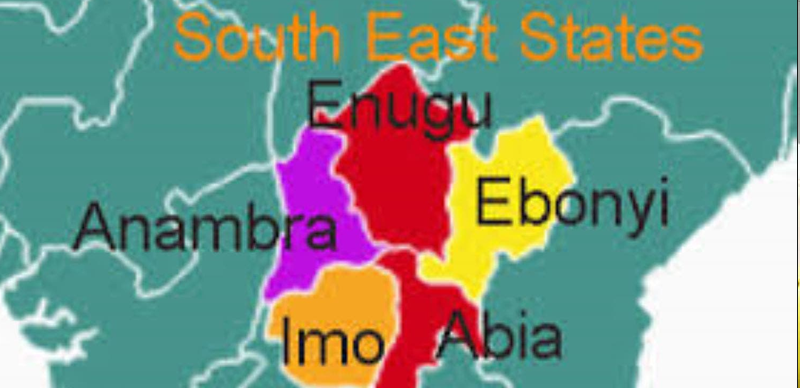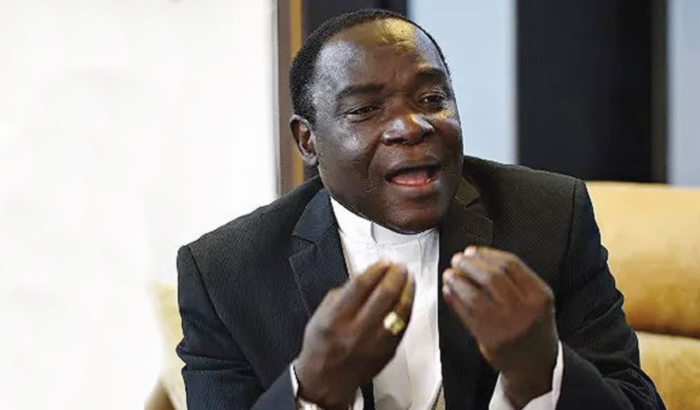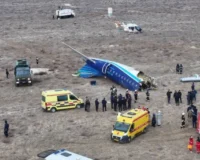The National Bureau of Statistics (NBS) says 24.6 million children in Nigeria are engaged in child labour.
NBS disclosed this in a report titled ‘Nigeria Child Labour Survey 2022’ on Thursday.
The report showed states like Cross River, Yobe and Abia lead the chart with scores above 60 percent.
According to the bureau, child labour is any work that robs children (under 18) of their childhood, potential, and dignity.
NBS said it also emphasises the detrimental impact on their physical and mental development.
The report shows that children between the ages of 5 to 17 are engaged in economic activities that constitute child labour.
“Of all children 5 to 17 years old in Nigeria, 50.5 percent (31,756,302) are engaged in economic activity, with little variation between boys and girls. However, not all children involved in economic activity are in child labour,” NBS said.
“39.2 percent (24,673,485) of children are in child labour and more than 14 million are involved in hazardous work (22.9 percent of children 5 to 17 years old).
“Among those in child labour, more than 20.1 million are young children in the 5–14 age group and over 4.5 million are older children in the 15–17 age group.”
The data reveals a concerning similarity in child labour involvement by sex — while slightly more prevalent among males (39.6 percent), females (38.8 percent) are not far behind.
The report also identifies a significant geographical disparity.
Child labour is considerably higher in rural areas, with 44.8 percent of children aged 5-17 involved (17.5 million). This stands in stark contrast to urban areas, where the figure is 30 percent (7.1 million).
Hazardous work is also more frequent in rural areas according to NBS, which said “more than 10.5 million children 5 to 17 years old in rural areas are in hazardous work (26.8 per cent of children), whereas in urban areas almost 4 million children are in hazardous work (16.3 per cent)”.
“A focus on hazardous work by age makes clear that older children are more likely to be engaged in such work, as 37.3per cent of children in the 15–17 age group are involved in hazardous work compared to 29.0 percent of children in the 12–14 age group and 15.8 per cent in the 5–11 age group,” NBS said.
NORTH-WEST TOPS CHILD LABOUR CHARTS
The report further sheds light on the regional distribution of child labour in Nigeria.
The northwest geopolitical zone has the highest number of children engaged in child labour, with 6,407,102 children.
This is followed by the north-east (4,466,808), north-central (3,884,576), south-south (3,682,773), south-west (3,227,559), and south-east (3,004,669).
However, in terms of the percentage of children in child labour, the south-east region has the highest prevalence of children involved in child labour with 49.9 percent.
Across Nigeria’s states, Cross River recorded the highest percentage of children in child labour with 67.4 percent, followed by Yobe state with 62.6 percent.
The lowest was recorded in Lagos state with 8.9 percent.
Editor’s note: This photo is for illustration







